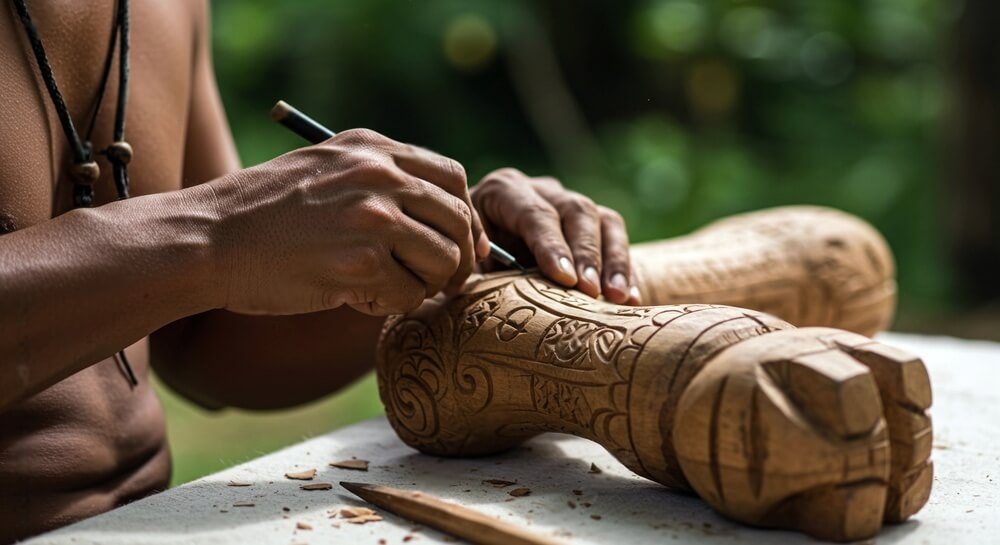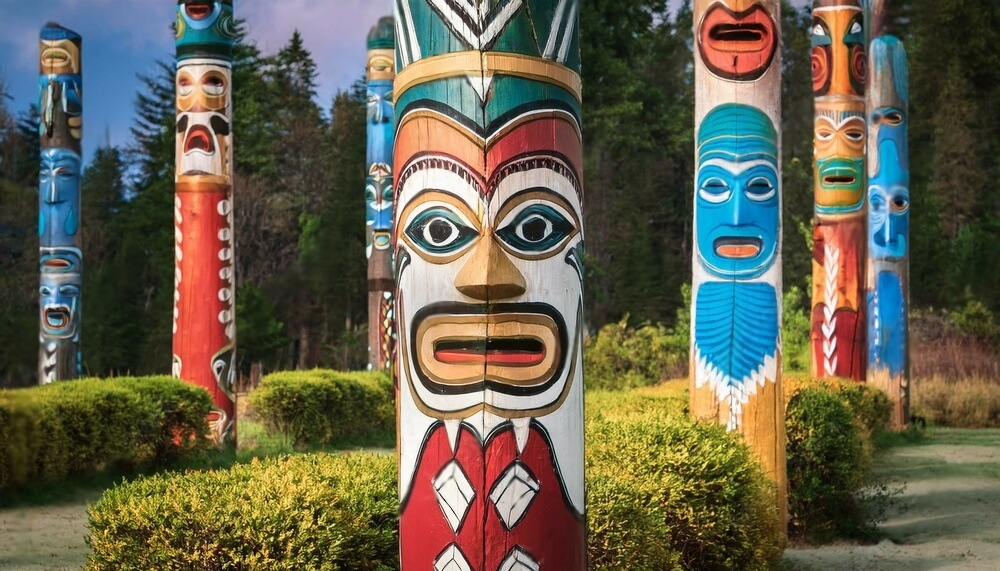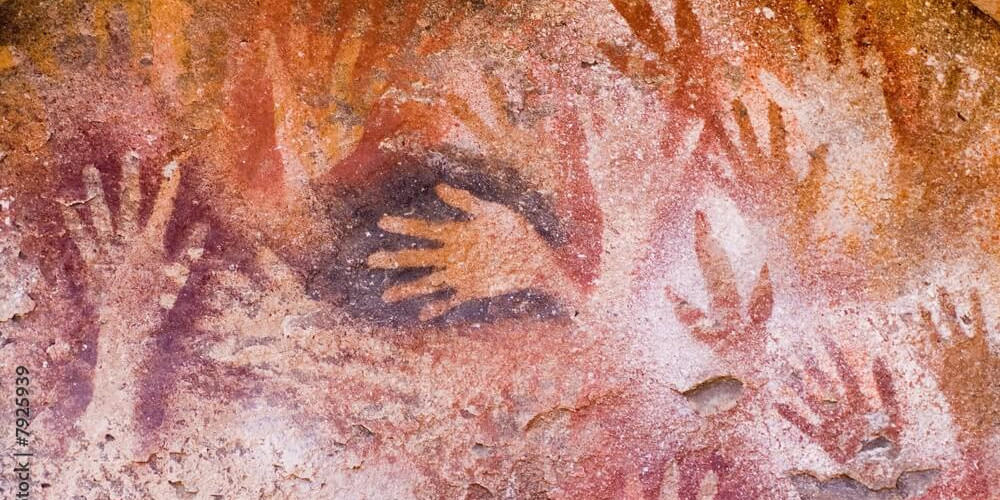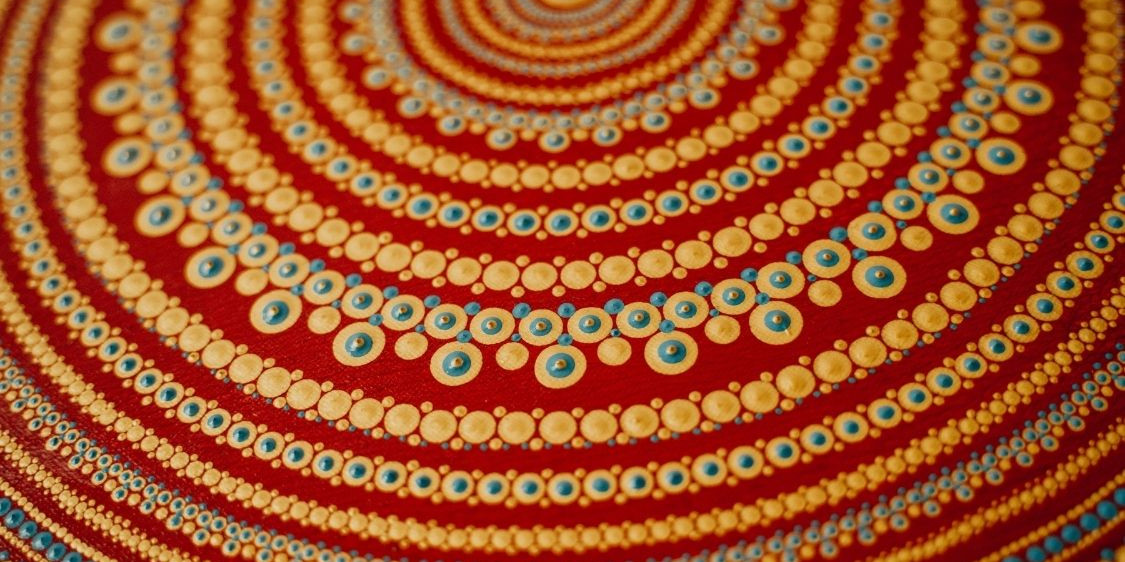For over 60,000 years, Aboriginal culture has been passed down not through textbooks or institutions, but through art, song, dance, and storytelling. In the face of colonisation, dispossession, and ongoing cultural erasure, Aboriginal art has become more than creative expression—it is a form of cultural survival.
At Maruku Arts Gallery, our mission goes far beyond selling art. We are an Anangu-owned not-for-profit that exists to keep Aboriginal traditions alive—on canvas, in carving, and through community.
This is the story of how art remains a living force of resistance, education, and resilience in the Central Desert.
Art Is Not Separate from Culture—It Is Culture

For the Anangu people of the Central and Western Deserts, art is not something separate from daily life. It is a spiritual, legal, and social practice, rooted in Tjukurpa—the sacred Law and creation stories that guide all aspects of living.
When an Anangu artist paints a dot painting, carves a punu (wooden object), or sings a story into the land, they are not simply making “artwork”—they are:
- Transmitting ancestral knowledge
- Teaching younger generations
- Maintaining kinship systems
- Mapping Country
- Upholding sacred law
In this way, art becomes a vessel for survival—cultural, spiritual, and historical.
The Role of Maruku Arts in Cultural Preservation
Since 1984, Maruku Arts has served as a bridge between the ancient and the contemporary, the sacred and the accessible. Based at Uluru, with artists coming from over 20 remote communities, we:
- Support over 900 artists with culturally appropriate platforms to share and sell their work
- Facilitate cultural education through live demonstrations, tours, and storytelling
- Ensure all work is made with cultural permission and integrity
- Operate as a not-for-profit Aboriginal corporation, ensuring that profits return to community
Our purpose isn’t commercial—it’s cultural continuity.
Carving, Painting, Storytelling: Living Practices in Action
At Maruku, you’ll see more than framed paintings. You’ll see punu—hand-carved wooden objects like spears, shields, and ceremonial tools—etched with walka (ancestral designs) using hot wire burning. These aren’t replicas. They’re functional art that continues thousands of years of desert tradition.
You’ll meet artists who carry lineage-based rights to paint certain Dreaming stories—stories they were taught, and that they are now teaching through their brushwork.
And you’ll experience the living knowledge of Country, ceremony, and survival, shared through every dot, line, and symbol.
Art as Resistance and Revival
Despite decades of marginalisation and theft of culture, Aboriginal art has remained a mode of resistance. Every canvas painted, every story told, is a reclamation of space, voice, and identity.
Through art, Anangu artists:
- Reassert their connection to land
- Preserve endangered languages and stories
- Challenge harmful stereotypes
- Teach the next generation how to live in accordance with Country and Law
This is not nostalgia—it is a revival in motion, sustained by practice and passed hand to hand.
Why Your Support Matters

When you support Maruku Arts, you’re not just purchasing art—you’re investing in the future of one of the world’s oldest continuous cultures. Your contribution helps us:
- Run art centres and workshops in remote communities
- Provide fair income to artists
- Offer cultural education programs for schools and visitors
- Train young artists to become the next generation of storytellers
Every piece sold sustains the cultural fire.
Final Thoughts: Art That Speaks Across Generations
Aboriginal art is not a trend or aesthetic—it is a lifeline. A form of memory. A tool for teaching, resisting, and thriving.
At Maruku Arts, we honour this truth every day—through every dot painted, every punu carved, and every story passed down.
Because when culture is shared with permission, with respect, and with purpose—it does more than survive.
It thrives.



